
A team of scientists has successfully decoded a prehistoric virus, providing vital insights into ancient viral structures and behaviors. This groundbreaking achievement raises questions about the potential impacts on modern virology and the challenges posed by climate change as ancient pathogens re-emerge.
Uncovering the Prehistoric Virus
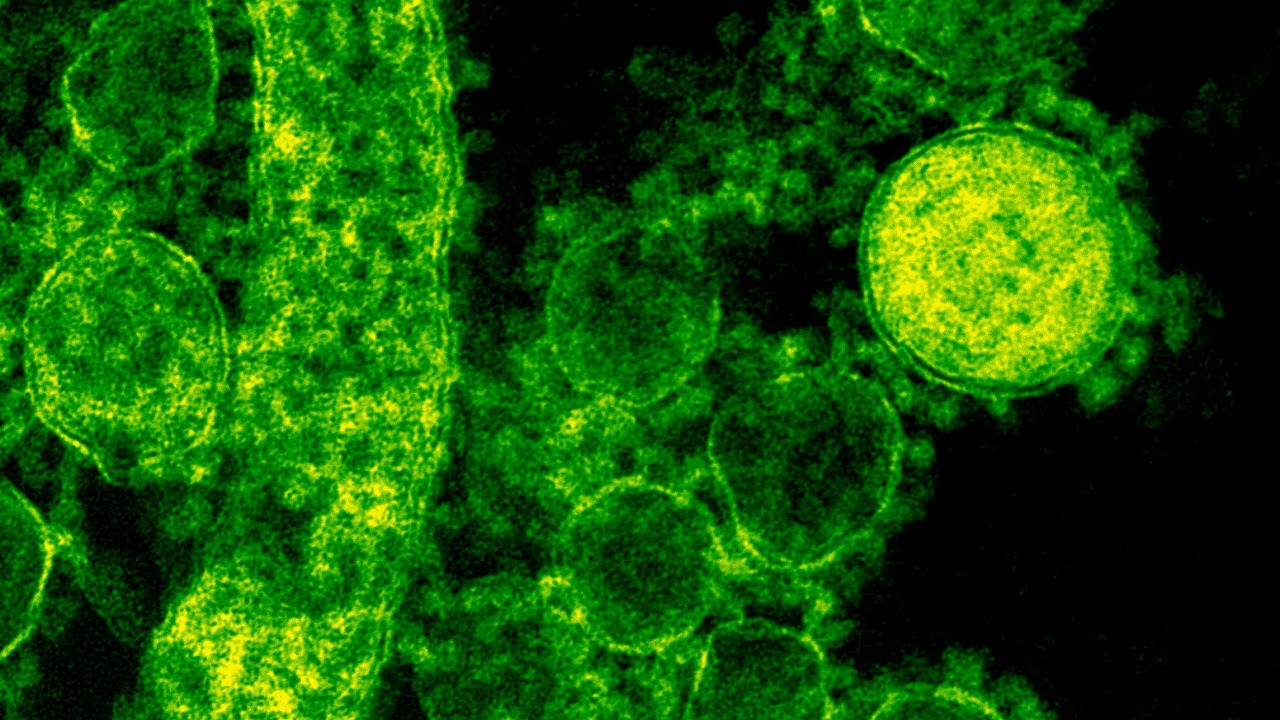
Deep within the frozen landscapes of Siberia, a virus that had been lying dormant for 50,000 years has been discovered in the permafrost. The preservation of this virus in such icy conditions is a natural time capsule, offering a rare glimpse into the past. The implications of its age are profound, as it predates the advent of human civilization, thus holding secrets to the viral world of the Pleistocene epoch. As the permafrost melts due to rising global temperatures, the potential for uncovering and studying these ancient pathogens grows, bringing with it both opportunities and challenges.
Extracting and decoding this ancient virus required cutting-edge techniques. Researchers employed advanced genetic sequencing technologies to meticulously extract the viral genome without contamination. These technologies, which have seen remarkable advancements in recent years, are crucial in ensuring the accuracy and integrity of the genetic material retrieved. This scientific endeavor not only highlights the capabilities of modern technology but also underscores the meticulous care needed when handling such ancient specimens.
Significance of the Discovery
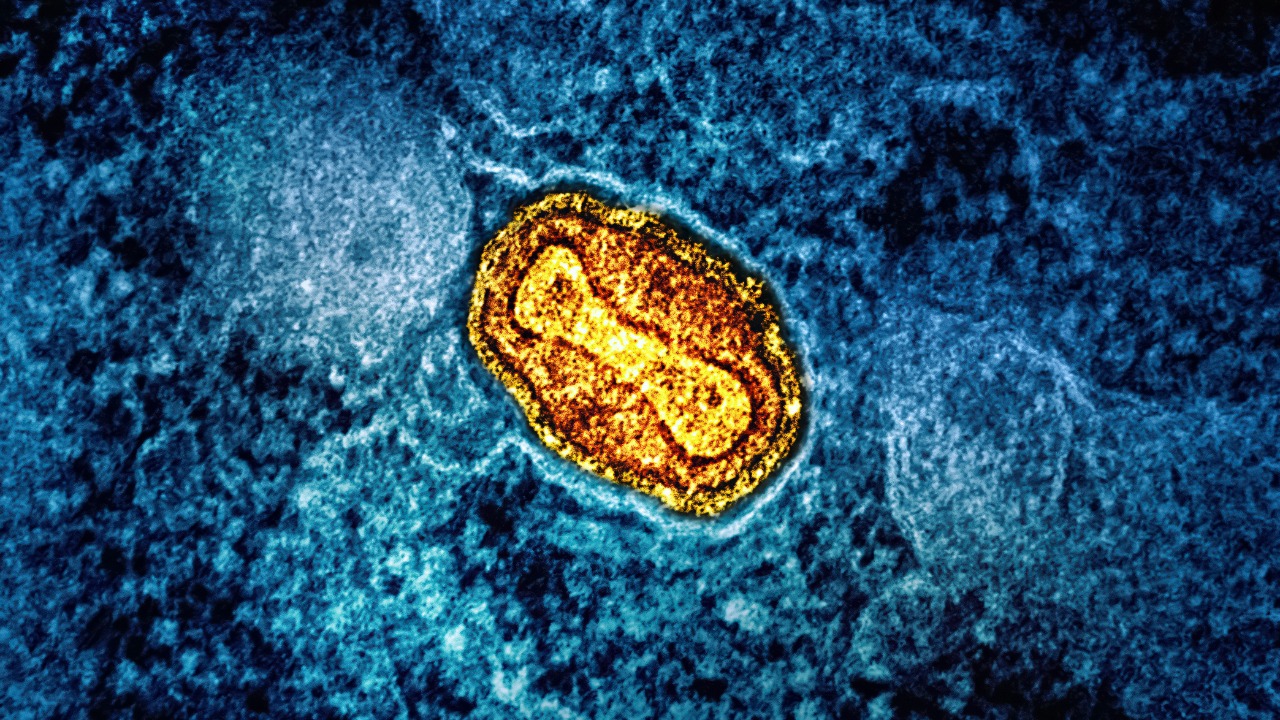
Decoding this prehistoric virus provides invaluable insights into the evolution and mutation of viruses over millennia. By comparing its genetic makeup with contemporary viruses, scientists can trace the evolutionary pathways that have led to the viral forms we encounter today. This understanding is pivotal, as it sheds light on how viruses adapt and survive through time, potentially revealing patterns that could predict future viral behaviors.
The implications of this knowledge extend to modern science, particularly in the realms of vaccine and antiviral drug development. Studying ancient viral genomes can inform the design of more effective medical interventions by illustrating historical mutation patterns. Past studies, such as those on viral mutations and vaccine effectiveness, have already demonstrated the benefits of such historical insights. As researchers continue to explore these ancient codes, the potential for breakthroughs in contemporary virology grows.
Potential Risks and Concerns
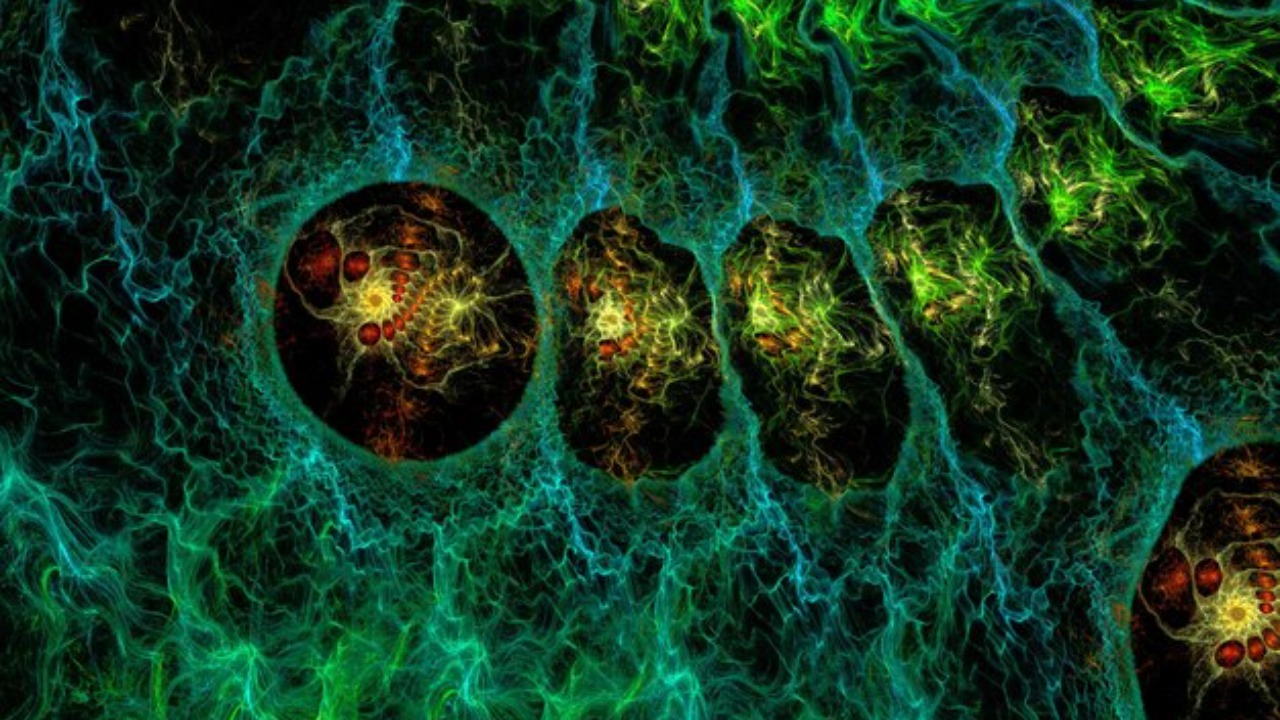
The reawakening of ancient viruses poses significant risks, particularly if these pathogens prove to be contagious or harmful to modern hosts. The possibility of such viruses being revived and inadvertently released into the environment raises concerns about potential outbreaks. While the current focus is on understanding and studying these ancient entities, the specter of unintended consequences looms large, necessitating stringent biosecurity measures.
Climate change exacerbates these concerns, as global warming accelerates the melting of permafrost, potentially releasing more dormant viruses into the environment. Recent studies highlight the risks associated with permafrost thaw and the resurgence of ancient pathogens. As temperatures rise, the scientific community must remain vigilant and prepared to address the challenges posed by these emerging threats.
Future Research Directions
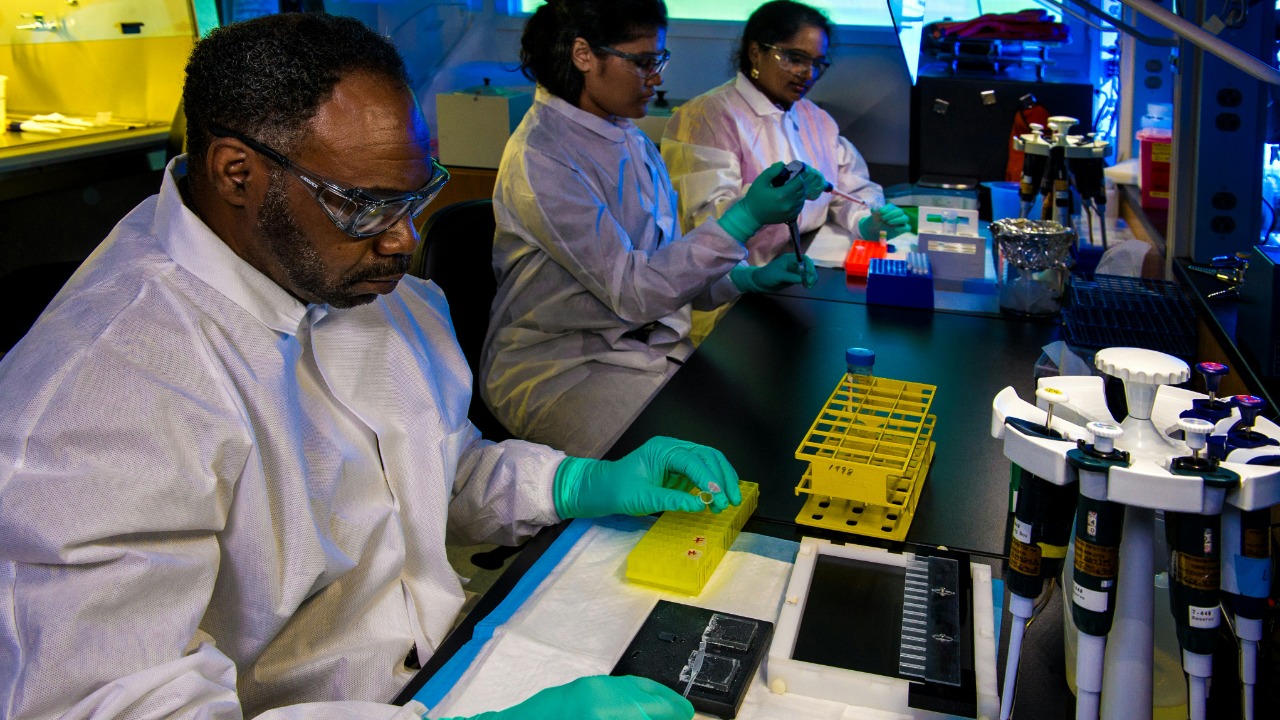
Future research aims to delve deeper into the genetic and structural analysis of the decoded virus. By examining its components in detail, scientists hope to gain a comprehensive understanding of its biology and evolutionary history. This research is not only essential for academic knowledge but also for practical applications in virology and public health.
In light of the potential risks associated with ancient viruses, the development of preventive measures and preparedness strategies is critical. Establishing protocols to manage potential outbreaks and ensuring rapid response capabilities are essential components of global health security. As researchers continue to explore these prehistoric pathogens, the importance of foresight and planning cannot be overstated.
Ethical Considerations and Global Impacts
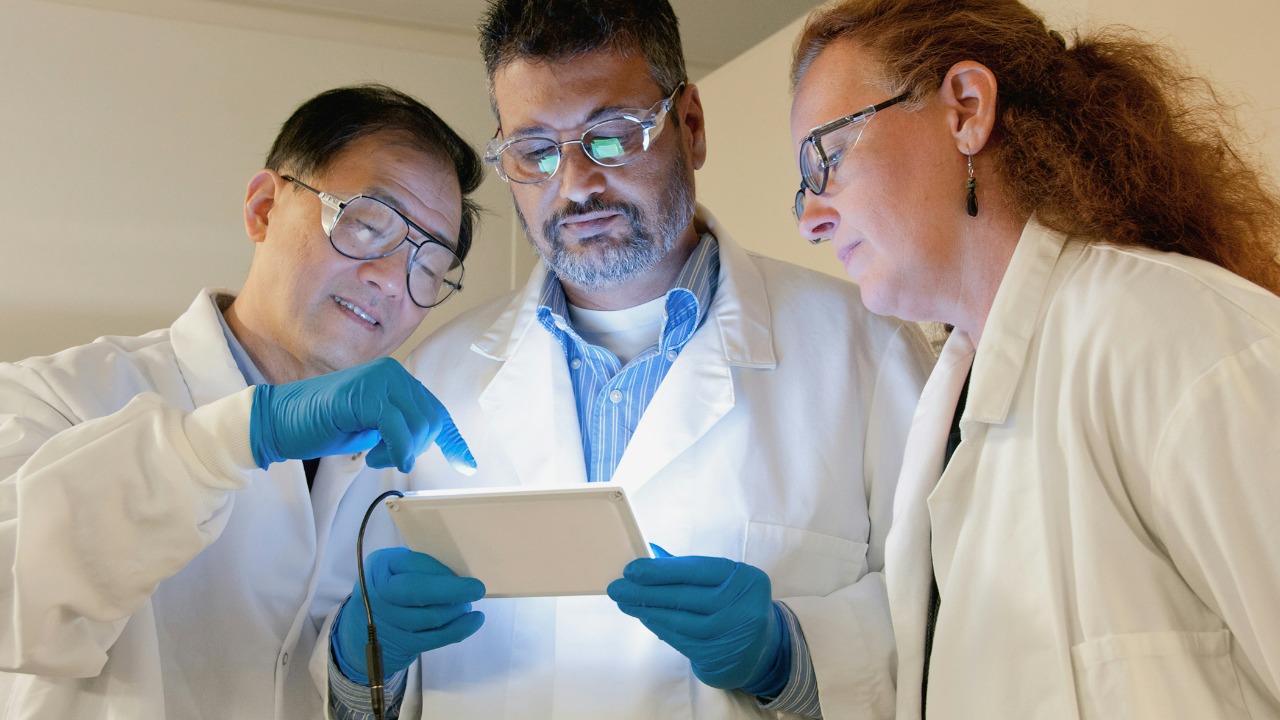
The study of ancient viruses raises important ethical questions about biosecurity and the potential uses of such research. The ethical implications of reviving ancient pathogens must be carefully considered, balancing scientific curiosity with the potential risks to public health. Debates around the bioethical dimensions of such studies are ongoing, highlighting the need for clear guidelines and responsible conduct in scientific research.
Addressing the challenges posed by ancient viruses requires international collaboration and policy development. The global nature of these threats necessitates cooperation across borders, with countries working together to establish robust biosecurity measures. Developing international policies that govern the study and management of ancient pathogens is essential to ensuring a coordinated and effective response. As the world grapples with the implications of these discoveries, the role of international collaboration in safeguarding global health becomes increasingly paramount.